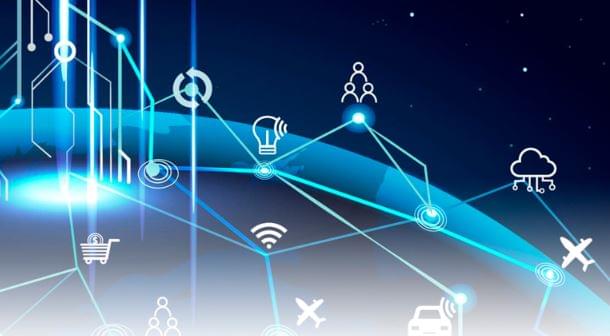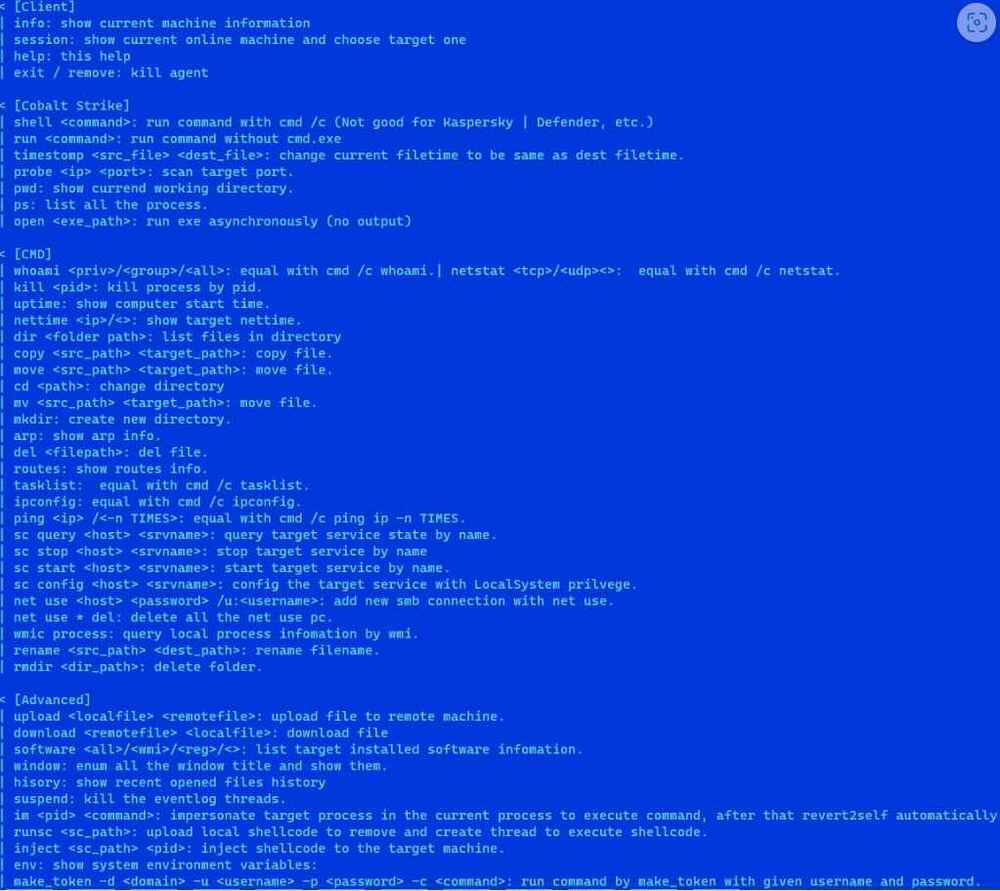Japanese scientists declare they have succeeded in creating the world’s first mental images of objects and landscapes from human brain activity using AI.



SpaceX has shared a trio of awesome night shots showing its Super Heavy booster — the most powerful rocket ever built — being rolled to the launchpad ahead of its third test flight.
Look closely at the image above and you’ll see that the transporter carrying the 233-foot-tall (71 meters) booster is bedecked with Christmas decorations, including colorful lights, a tree, and a Santa Claus model. And for scale, take a look at the human captured in the extreme right of the frame.

OSLO, Dec 18 (Reuters) — A volcano erupted late on Monday in southwest Iceland, spewing lava and smoke across a wide area after weeks of intense earthquake activity, the country’s Meteorological Office said, threatening a nearby town.
Fearing a significant eruption on the Reykjanes peninsula, authorities last month evacuated the nearly 4,000 inhabitants of the fishing town of Grindavik and closed the nearby Blue Lagoon geothermal spa.
“Warning: Eruption has started north of Grindavik by Hagafell,” the Met Office said on its website, noting that the eruption began only a few kilometres from the town and cracks in the ground stretched toward the village located about 40 km (25 miles) south-west of Iceland’s capital city Reykjavik.
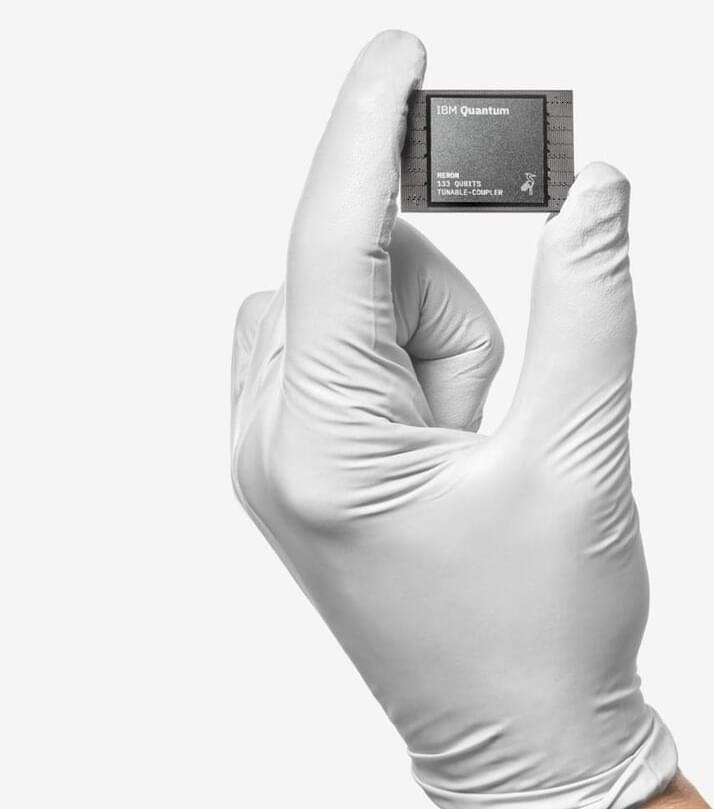
At its Quantum Summit 2023, IBM took the stage with an interesting spirit: one of almost awe at having things go their way. But the quantum of today – the one that’s changing IBM’s roadmap so deeply on the back of breakthroughs upon breakthroughs – was hard enough to consolidate. As IBM sees it, the future of quantum computing will hardly be more permissive, and further improvements to the cutting-edge devices it announced at the event, the 133-qubit Heron Quantum Processing Unit (QPU), which is the company’s first utility-scale quantum processor, and the self-contained Quantum System Two, a quantum-specific supercomputing architecture, are ultimately required.
But each breakthrough that afterward becomes obsolete is another accelerational bump against what we might call quantum’s “plateau of understanding.” We’ve already been through this plateau with semiconductors, so much so that our latest CPUs and GPUs are reaching practical, fundamental design limits where quantum effects start ruining our math. Conquering the plateau means that utility and understanding are now enough for research and development to be somewhat self-sustainable – at least for a Moore’s-law-esque while.

Tesla has removed Disney+ from some of its vehicles amid Elon Musk having an online fight with Disney CEO Bob Iger. The fight started when Disney halted its advertising on X after Musk agreed with and amplified antisemitic content, for which he eventually apologized.
Every week, there’s a new drama with Elon Musk on X, formerly known as Twitter. It sometimes indirectly affects Tesla, but this time, it affects it directly.
The current drama stems from Musk giving support to an antisemitic post on X, which he didn’t initially apologize for, though admitted that it was a mistake a week later. He further apologized but was already attacking Disney. In the meantime, the result was a massive backlash, where many companies stopped advertising on X, including Apple and Disney.
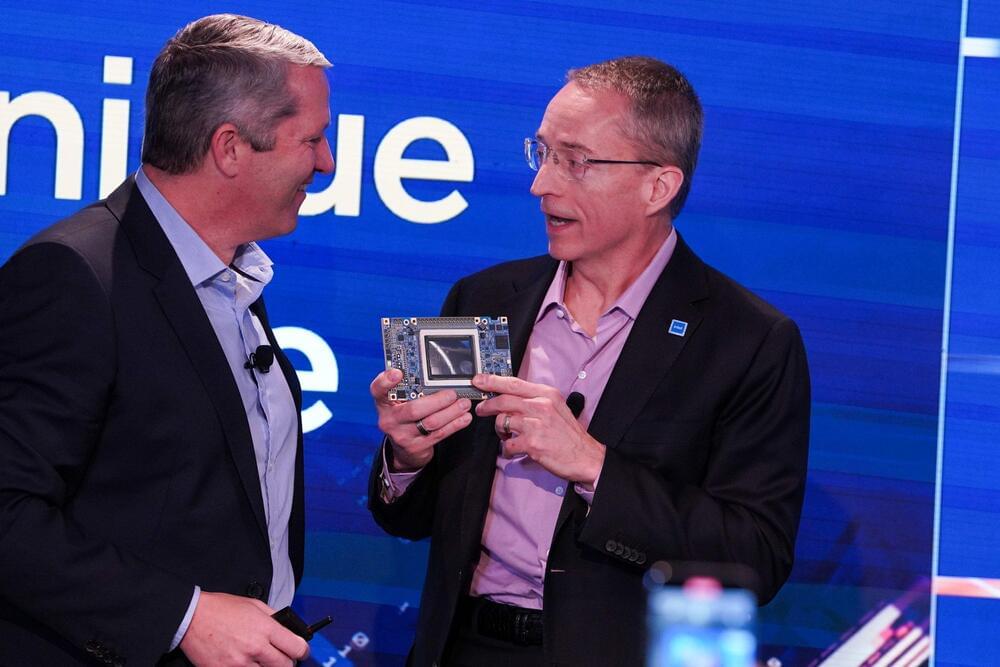
Intel’s Gaudi 3 AI accelerator reportedly employs the TSMC 5nm process and is expected to compete with NVIDIA H100 & AMD MI300X.
Intel Leverages TSMC’s 5nm Node For Gaudi 3 Accelerator, Launches Next Year To Compete Against NVIDIA H100 & AMD MI300X
Alongside the unveiling of Intel’s 5th-Gen Xeon Scalable and Core Ultra “Meteor Lake” CPUs, CEO Pat Gelsinger provided a small glimpse at the company’s next-gen AI accelerator, without giving out specifics about it. However, reports from the Korean media have revealed what Team Blue’s Gaudi 3 accelerator could bring on board, and it is expected to compete with NVIDIA’s H100 and AMD’s Instinct MI300X AI GPUs in terms of AI performance.
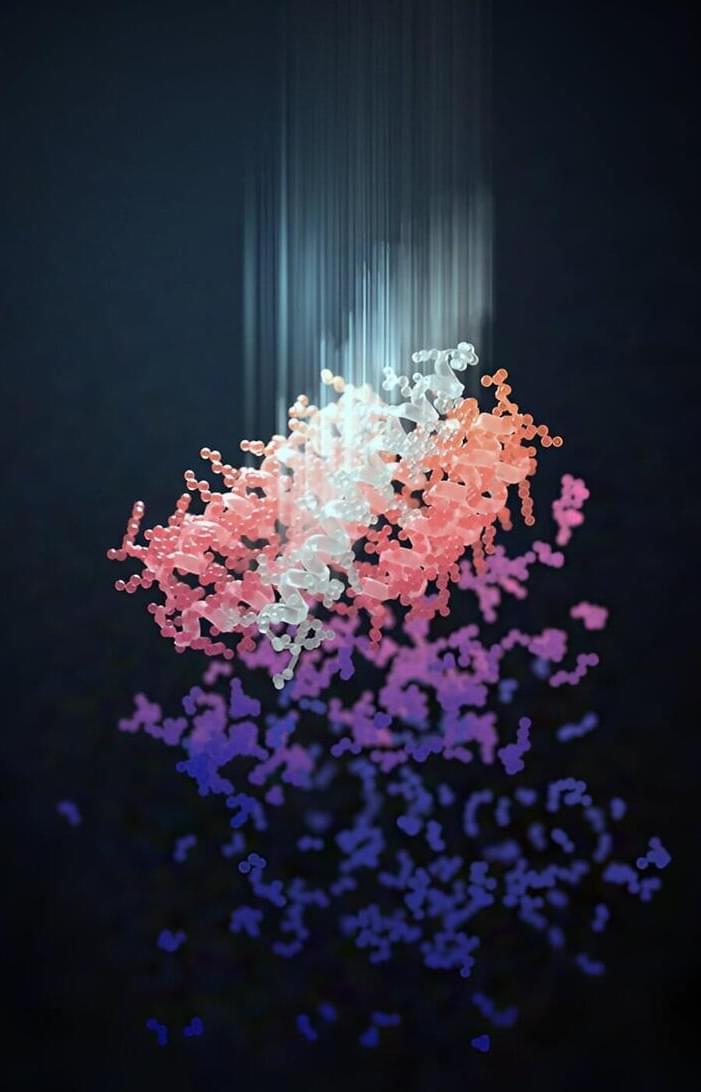
A new study in Nature reports an AI-driven advance in biotechnology with implications for drug development, disease detection, and environmental monitoring. Scientists at the Institute for Protein Design at the University of Washington School of Medicine used software to create protein molecules that bind with exceptionally high affinity and specificity to a variety of challenging biomarkers, including human hormones.
Notably, the scientists achieved the highest interaction strength ever reported between a computer-generated biomolecule and its target.
Senior author David Baker, professor of biochemistry at UW Medicine and Howard Hughes Medical Institute investigator, emphasized the potential impact: “The ability to generate novel proteins with such high binding affinity and specificity opens up a world of possibilities, from new disease treatments to advanced diagnostics.”
